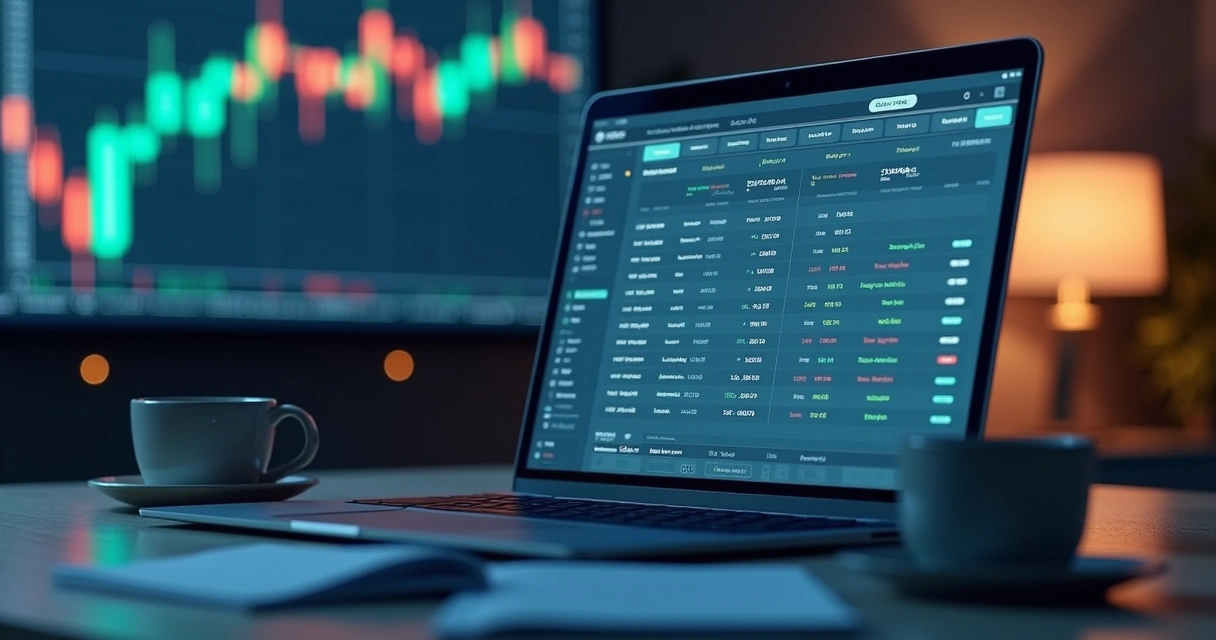A Guide to Building Your Forex Trading Journal Online

There comes a moment for nearly every trader when patterns repeat, mistakes pop up, and old lessons slip away. Maybe it’s during a volatile morning, or on a quiet afternoon when you finally spot it—a thread you’ve lost track of again. That’s where keeping a personal record of your trades shines. An online platform such as Trademetria makes tracking those patterns, wins, and losses a lot easier to handle, but let’s get practical: what goes into building a trading diary that really helps?
Why keep a trade journal?
Anyone can jot down a few trades on paper and move on. But making it a habit, keeping things organized and honest, changes the game. Keeping a digital record lets you spot your own blind spots, review strategy tweaks, and make small improvements turn into bigger results with time.
Consistency in recording is a trader’s secret weapon.
So, a trading journal lets you:
- Track every trade with accurate details
- Pinpoint what’s holding you back—maybe even things you didn’t expect
- Build confidence based on facts, not just feelings
What to include in your online journal
The basics are simple, but collecting the right data matters more than just quantity. Try adding these fields:
- Date & Time: When you entered and exited the trade
- Instrument: Which currency pair you traded
- Entry & Exit Prices: Both the numbers and your reasons for getting in and out
- Position Size: How much you risked
- Trade Direction: Long or short, and why
- Result: Profit or loss, and how much
- Strategy Notes: Describe what you aimed to do—did you stick to your plan?
- Emotional State: Were you scared, bored, rushed, or calm?
Over time, patterns start to show up. Maybe you notice more mistakes when you’re tired, or better results when the market’s quiet. That’s valuable information.
Using metrics for better decisions
Once you’ve gathered a few weeks of data, the next step is honest review. This can be a bit uncomfortable, but breaking down your trading history into numbers tells a story you sometimes can’t see day-to-day. Many traders find that regular reviews of stop loss placements, risk-to-reward ratios, or holding period length help refine their habits.
Trademetria, for example, pulls performance-based stats and shows your progress (or lack thereof) in clear charts. You can quickly see which currency pairs favor your style, and which setups need more practice. It’s not magic, but it does shine a light on strengths and blind spots.
Making it a habit
It sounds simple enough—record each trade, write a few lines, move on. But, if you skip a day, it’s easy to skip two. Traders often find it takes a bit of discipline, then feels odd not to keep up.
- Set a time to record entries, like after each trade or at market close
- Do a weekly review, even if it’s short
- Write honestly—future you will thank you
If traditional spreadsheets feel clunky, online tools like Trademetria automate most of the work, make reviews visual, and keep everything tidy. You can also export data and filter by strategy or emotion, which gives surprisingly useful insights. Here’s a basic journal template you might start with:
Date | Pair | Entry | Exit | Result | Plan/Notes | Thoughts
Keep learning, keep tracking
Trading is as much about knowing yourself as understanding the markets. Keeping your own digital journal helps turn mistakes into lessons and small gains into bigger wins over time. If you want to spend more time trading (and less time sifting through spreadsheets), tools like Trademetria take a lot off your plate—freeing up your attention for the things that really matter.
Ready to make your trading routine smarter? Try Trademetria’s free demo and discover how powerful a good journal can be.
Frequently asked questions
What is a forex trading journal?
A forex trading journal is a record where you document your trades, including entries, exits, outcomes, strategy notes, and emotions. It helps you spot patterns, improve discipline, and measure your growth as a trader.
How do I create a trading journal online?
You can use an online platform like Trademetria, a spreadsheet, or a custom database. Start by setting up fields for each trade’s date, instrument, entry, exit, size, result, notes, and feelings. Then update it consistently.
What should I record in my trading journal?
Include the date and time, currency pair, why you took the trade, entry and exit points, profit or loss, and your emotions or thoughts. Add any lesson you learned—even small details matter over time.
Are digital trading journals better than paper?
For most traders, yes—digital journals are easier to update, review, and organize. They offer charts, filtering options, and backups. Still, some people like paper for reflection, but online options like Trademetria simplify everything.
How can a trading journal improve results?
A well-maintained trading log helps you notice common errors, stick to your plan, and refine strategies based on facts. Over time, this kind of review leads to smarter decisions—and, often, better results.
